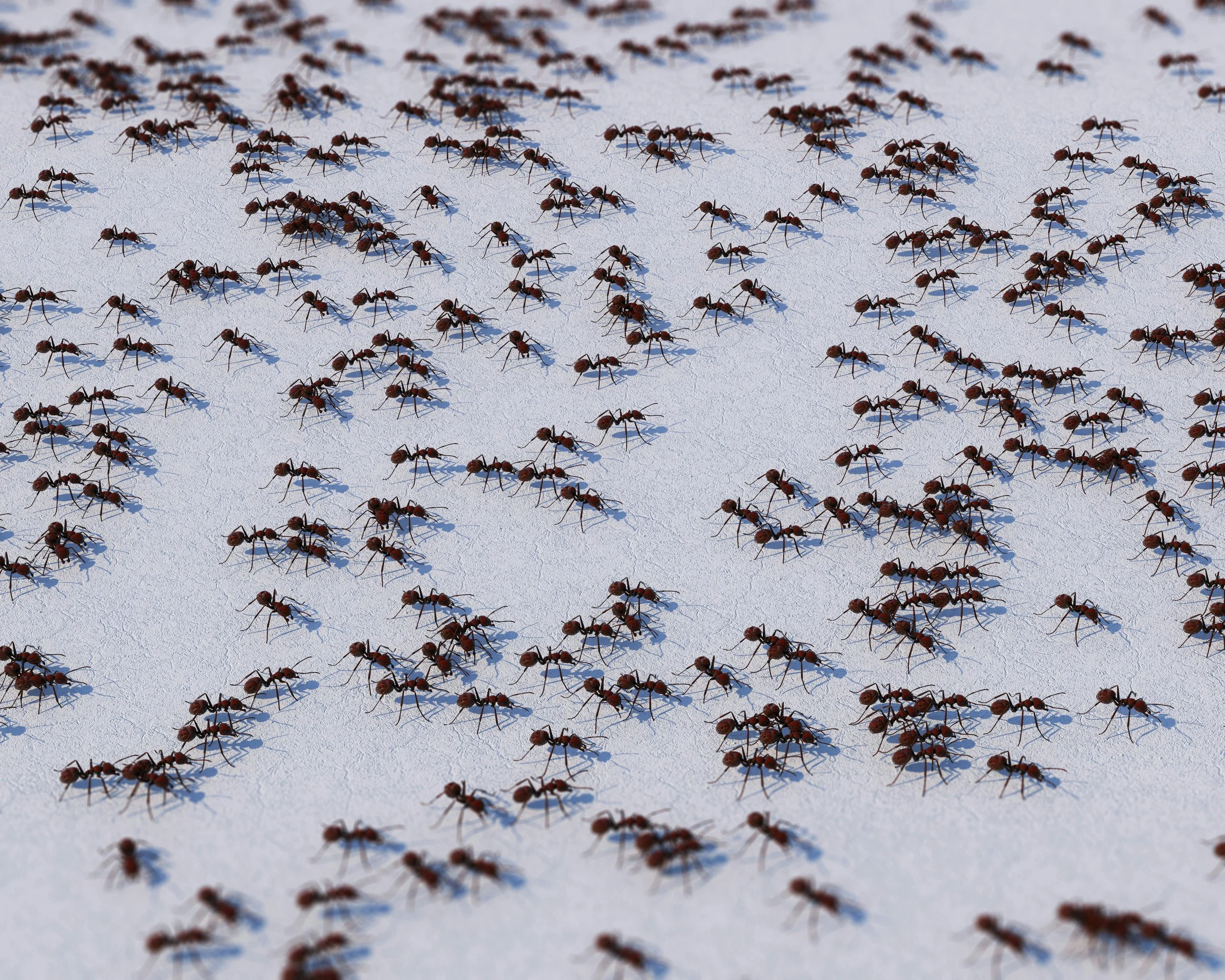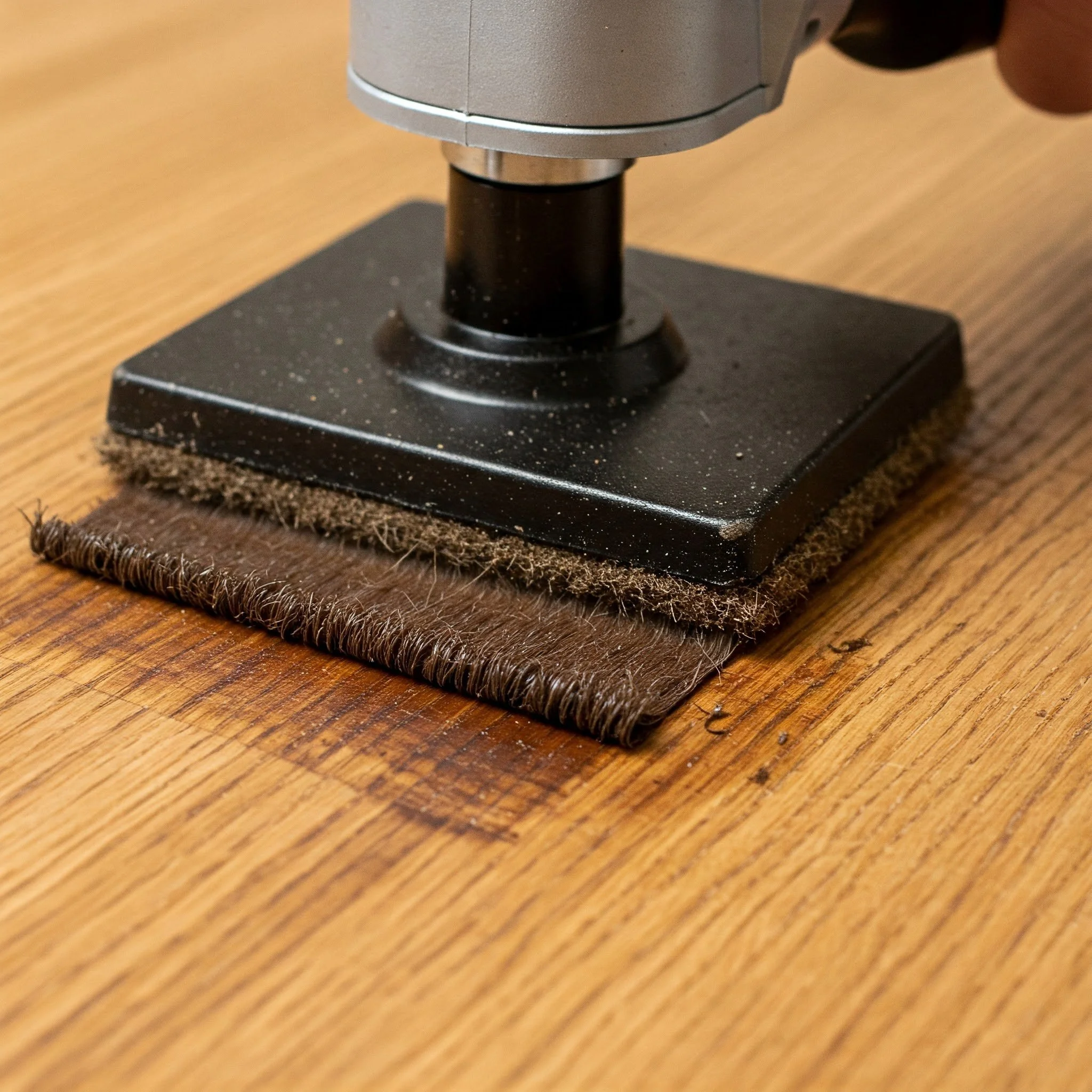How to Remove Small Ants from Your Kitchen
Are pesky small ants invading your kitchen? Discover effective strategies to remove them and prevent future infestations with our step-by-step guide on how to remove small ants from your kitchen.
There’s nothing quite as frustrating as stepping into your kitchen, only to find a trail of tiny ants marching across your countertop or heading straight for your pantry. It’s like they’ve thrown a surprise party, and you weren’t invited! But don’t fret—getting rid of those pesky critters is entirely possible with the right approach. In this guide, we’ll delve into the ins and outs of how to remove small ants from your kitchen, explore why they might be showing up uninvited, and share practical tips to keep them from returning.
Let’s face it: while a single ant can seem harmless, when they start appearing in droves, it’s time to take action. Whether you’re dealing with sugar ants, pharaoh ants, or any other little intruders, you’ll find all the information you need right here. So, grab a cup of coffee, sit back, and let’s tackle this issue together!
Understanding Why Ants Invade Your Kitchen
Before you can effectively remove ants from your kitchen, it’s essential to understand what attracts them in the first place. Knowing their motivations can help you eliminate the problem and prevent future invasions.
Common Attractants for Ants
Food Crumbs: Food crumbs are a magnet for ants, as these tiny creatures have an incredible ability to track down even the smallest food particles. Whether it's leftovers from a snack or meals, crumbs can quickly draw ants into your space, leading to an infestation.
Sugar and Sweet Substances: Sugar and sweet substances are major ant attractants. An open jar of honey, spilled soda, or leftover crumbs can quickly lure them in, making your home an easy target. Keeping sweet items sealed and promptly cleaning spills helps prevent unwanted ant visitors.
Grease and Oil: Grease and oil residue on kitchen surfaces can attract ants, turning your countertops and stovetops into feeding grounds. Even small traces left behind after cooking can draw them in. Regularly wiping down surfaces and cleaning up spills helps keep ants at bay.
Water Sources: Water sources, such as leaky pipes, damp sinks, or standing water, can attract ants seeking moisture. Even small puddles or condensation around faucets can lure them in. Fixing leaks promptly and keeping areas dry helps prevent ants from making your home their water source.
Identifying the Type of Ant
Not all ants are created equal! Knowing what type of ant you’re dealing with can help you choose the best removal method. Here are a few common culprits:
Sugar Ants: Often found in kitchens, attracted to sweet foods.
Carpenter Ants: Larger than most, they can damage wood structures.
Pharaoh Ants: Tiny and light brown, they thrive in warm environments.
How to Remove Small Ants from Your Kitchen: Step-by-Step Guide
Step 1: Identify the Source
Before you start blasting those ants with sprays, it’s crucial to find out where they’re coming from.
Follow the Trail: Ants usually leave a pheromone trail. Watch them to see where they’re headed—this will help you find the nest.
Check for Entry Points: Look for cracks, crevices, or gaps in windows and doors where ants might be sneaking in.
Step 2: Clean Up
A clean kitchen is your first line of defense against ants.
Wipe Down Surfaces: Use a mixture of vinegar and water to clean counters, tables, and floors. This not only removes crumbs but also disrupts ant pheromone trails.
Store Food Properly: Seal all food items in airtight containers. Don’t leave pet food out; it’s an open buffet for ants!
Step 3: Use Natural Remedies
Sometimes, all it takes is a few natural ingredients to kick those ants to the curb!
Vinegar Solution: A vinegar solution is an effective, natural way to deter ants. Mix equal parts vinegar and water in a spray bottle, then spray it directly on ants or in areas where they’ve been spotted. The strong scent disrupts their trails, discouraging them from returning.
Diatomaceous Earth: Diatomaceous earth is a natural and safe solution for ant control. Sprinkle it around entry points, windows, or cracks where ants enter. While harmless to humans and pets, it dehydrates ants by damaging their exoskeletons, effectively eliminating them without using chemicals.
Essential Oils: Essential oils like peppermint and tea tree oil are natural ant repellents. Mix a few drops with water in a spray bottle and apply it along ant trails, windowsills, or entry points. The strong scent disrupts their pathways, deterring them from entering your space.
Step 4: Set Up Ant Baits
If natural remedies don’t cut it, ant baits can be highly effective.
Choose the Right Bait: Look for baits specifically designed for the type of ant you’re dealing with.
Place Baits Strategically: Set baits near ant trails and entry points. Ants will carry the bait back to their colony, effectively eliminating the source.
Step 5: Seal Entry Points
Prevent future invasions by sealing off any entry points.
Use Caulk: Sealing cracks and crevices with caulk is an effective way to keep ants out. Apply caulk around windows, doors, and baseboards to block their entry points. This simple step not only prevents ants but also helps keep other pests from sneaking in.
Install Weather Stripping: Installing weather stripping on doors is a smart way to block ants from entering while also improving your home’s energy efficiency. It seals small gaps under doors, preventing pests from sneaking in and reducing drafts, keeping your home comfortable year-round.
Step 6: Monitor the Situation
After you’ve taken action, keep an eye out for any signs of returning ants.
Check Bait Stations: Refill or replace bait stations as needed.
Continue Cleaning: Maintain a clean kitchen to prevent attracting new ants.
Conclusion
Getting rid of small ants in your kitchen doesn’t have to be a major headache. By following this step-by-step guide on how to remove small ants from your kitchen, you’ll be well-equipped to tackle the problem head-on. Whether you opt for natural remedies, commercial baits, or preventative measures, a little diligence goes a long way in keeping your kitchen ant-free.
Remember, a clean and well-maintained kitchen is your best defense against future invasions. So, don’t let those tiny invaders ruin your culinary haven—take action and reclaim your space!
Frequently Asked Questions
1. How do I know if I have a serious ant problem?
If you see a constant stream of ants in your kitchen or notice them appearing in multiple areas, it might be time to call in a pest control expert.
2. Are ant baits safe for pets and children?
Most commercial ant baits are designed to be safe when used as directed. However, always read labels carefully and keep baits out of reach of pets and small children.
3. Can I use bleach to clean up after ants?
While bleach can kill ants on contact, it’s not the best cleaner for everyday use, as it doesn’t eliminate pheromone trails. Stick with vinegar or a dedicated cleaner.
4. What should I do if I have a nest in my home?
If you discover an ant nest inside your home, it’s often best to call a pest control professional to safely remove it.
5. How can I prevent ants from coming back?
Consistent cleaning, proper food storage, and sealing entry points are the best methods to keep ants at bay.
































